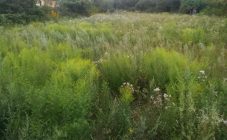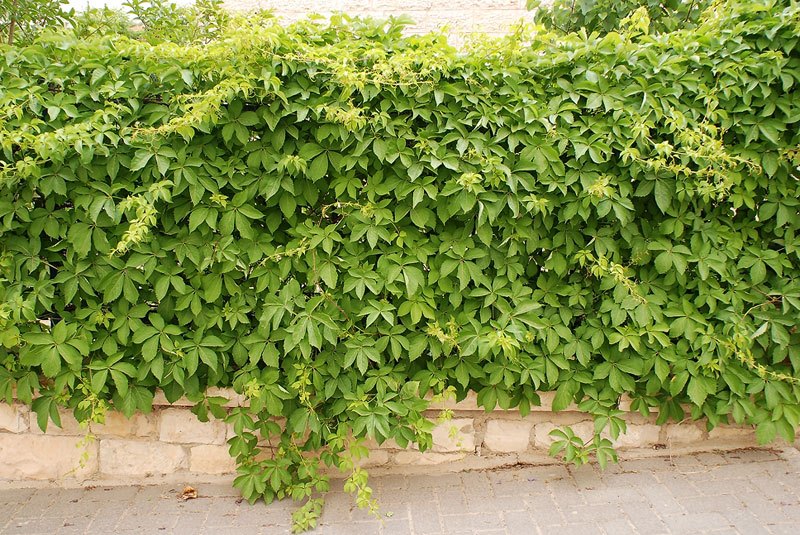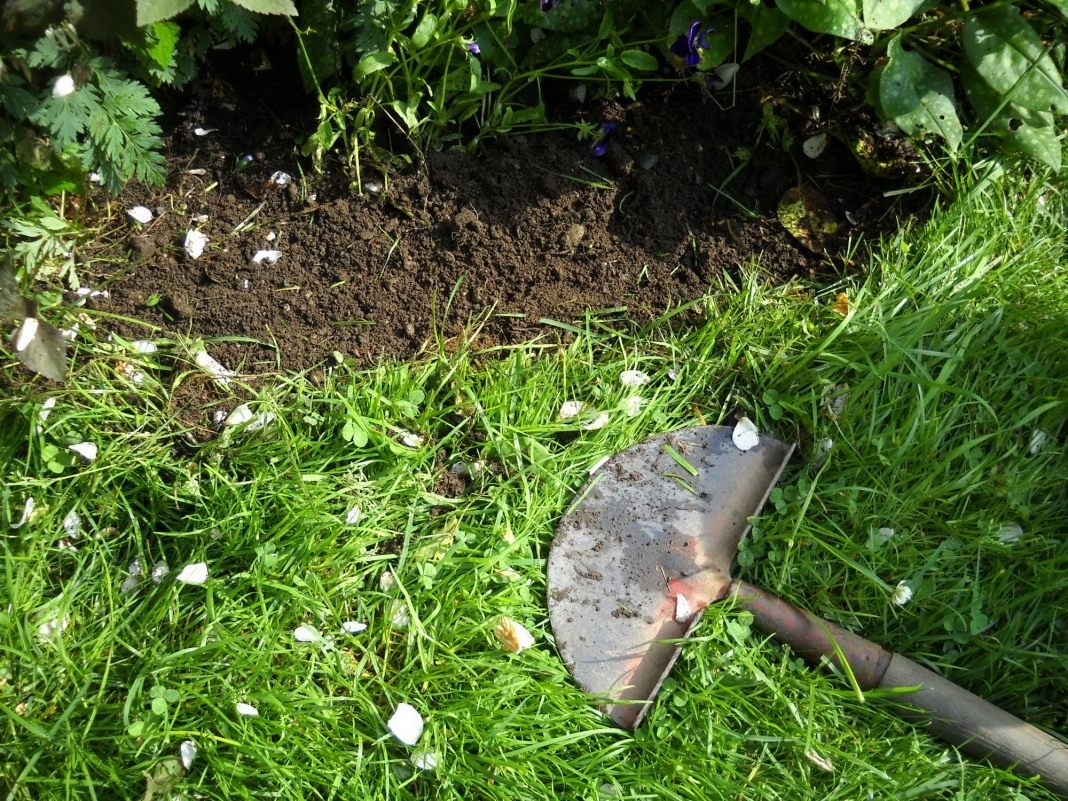Every agronomist wants to create a cozy and fabulous atmosphere in his or her garden or summer cottage. Recently, lawn grass mixtures are increasingly helping in this. But, unfortunately, moss, which grows for unknown reasons, interferes with the active growth of the lawn. How to get rid of moss on your lawn is the topic of this article.
Moss on the lawn: harm
First of all, you need to familiarize yourself with the features of the pest plant.
It has neither flowers nor root system. It grows from spores, which are activated under favorable conditions for it.
In gardening practice, there are often cases when moss readily begins to grow on the lawn grass. You must definitely fight him, otherwise the gardener will simply lose his lawn. This is due to the fact that the moss, as a result of its growth and activity, blocks the access to oxygen for the grass mixtures, absorbs all nutrients and moisture from the soil.
Reasons for education
Why does moss readily begin to grow on the site? It grows from spores that become active under certain conditions.
As a rule, two common causes are acidity and moisture in the soil. These factors can have a detrimental effect on the grass, simply remove it, and moss will begin to grow in its place.
In addition, the following provoking factors should be highlighted:
- poor drainage that prevents the normal flow of water;
- deficiency of nutrients, without which lawn grass cannot develop properly;
- incorrect organization of the land plot;
- excessively low mowing of grass.
Moss on the lawn: how to get rid
Get rid of moss as quickly as possible. To remove a pest plant, you can use various chemical agents, folk recipes, and also remove them using mechanical action.
There are several proven ways to combat, for example:
- It is necessary to establish the concentration of nutrients in the soil, as well as its acidity. If it is high, then when planting a lawn, you should choose grass varieties that are resistant to increased pH. During the growing season, lime must be applied twice to the soil (in spring and autumn), as well as various organic fertilizers.
- To get rid of moss in the beds, it is necessary to loosen the compacted soil. It is not difficult to rake it out, since the plant has no roots. To improve aeration it is necessary to vigorously remove the moss with a rake.
- Of course, the most effective help is comprehensive. In addition to mechanical influence, chemistry can also be used. In this case, dolomite ash, ferrous sulfate and glyphosate-containing herbicides are used. It is necessary to prepare solutions strictly in accordance with the attached instructions for use.
- A solution to the problem of excessive soil moisture will help to get rid of unwanted plants. Most likely, the site has drainage problems. To get rid of moss, you will need to loosen the soil and improve its structure (composition) using sand and humus.
- Strong shading of the site can also provoke the development of unwanted vegetation on the site.In this case, it is necessary either to choose grass mixtures that readily grow in partial shade or shade conditions, or to provide the lawn with plenty of sunlight.
- To stimulate the growth and development of the lawn, it is recommended to use mineral fertilizers, which contain iron, nitrogen and potassium. "Strong" lawn recedes in front of weeds much less often.
Moss can be troublesome, of course, but the right approach to getting rid of it will achieve the desired and sustainable result.













